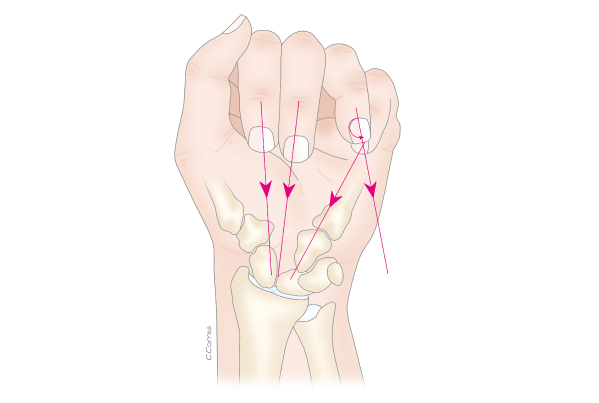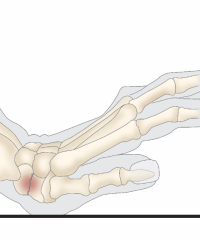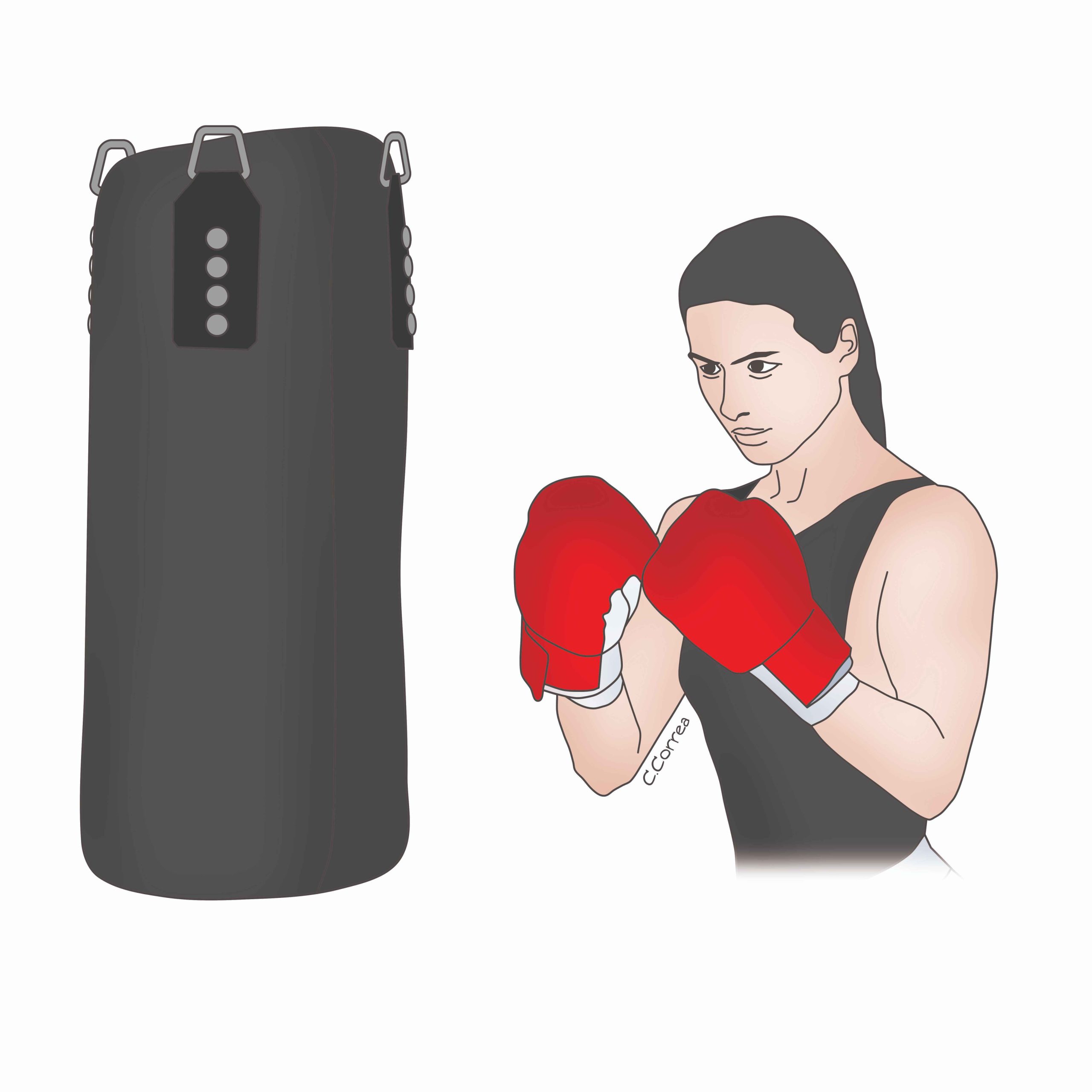Injury of the Scapholunate Ligament
Recent posts
Do you have any doubt?
My goal is to help them regain not only function, but also the quality of life they deserve. If you are experiencing pain, movement limitations or injuries to your hands, I am here to offer you my experience in the field. Together, we can chart a path to recovery and restoration of vitality to your hands.
Categories
The scapholunate ligament is part of the 24 bones and 24 ligaments in the wrist. Its function is to connect the scaphoid bone with the lunate and allow them to move in a coordinated and synchronous way, without the bones rubbing or touching as much when objects are moved or carried with the hand.
If there is a problem in the scapholunate ligament, the carpal cartilage will begin to wear down, leading to a wrist osteoarthritis.
How the scapholunate ligament gets injured
It can be injured when the person falls and hits the palm of the hand, deflecting it into extension. This type of falls can occur when practicing some sports such as cycling, skating, basketball. The injury can also occur in motorcycle accidents.

Symptoms of a scapholunate injury
Initially, scapholunate injuries are part of the diagnosis of a wrist sprain, this is because in some ligamentous injuries, including the scapholunate injuries, their symptoms are pain in the back of the hand, limitation of mobility and difficulty in carrying objects.
In some cases, patients manifest sounds such as clicking or snapping when moving the wrist.
How are scapholunate injuries diagnosed?
It requires an evaluation at the doctor´s office to perform tests or maneuvers to indicate that the ligament is torn.
Here it is important to mention that, at the time of the trauma, the X-ray results can be normal, this is why this type of injury is difficult to diagnose, so it is recommended to consult a hand surgeon if you have pain in the wrist after a trauma, to look for the cause of it.
The most useful imaging tool to confirm the diagnosis is a magnetic resonance imaging, which allows for an evaluation and determine if a ligament is torn.


Treatment of scapholunate injuries
Initially, the injuries are managed with immobilization, thus improving a significant number of cases, but those without improvement should be referred to physical therapy or rehabilitation.
Those cases without improvement should be scheduled for ligament repair and reconstruction.
Today, due to advances in technology, both procedures can be performed through wrist arthroscopy, thus guaranteeing not only an adequate diagnosis, but also minimal pain and swelling in the postoperative period, thanks to the minimal incisions (surgery wounds), achieving rapid recovery not only of mobility but also the ability to lift heavy objects.











